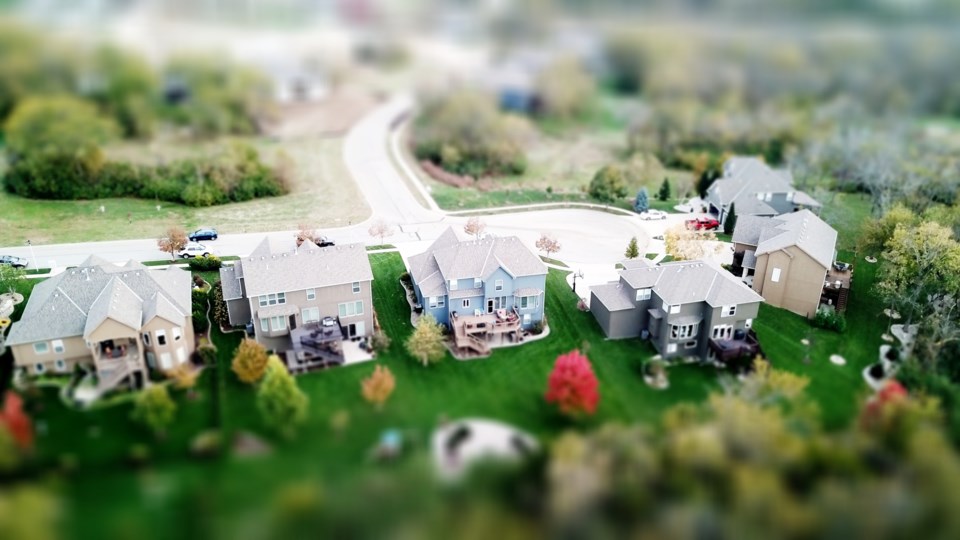To state the obvious, Bowen is an island. In a major disaster it’ll be an island without stable mainland support. Emergency services on and off island will be overwhelmed by sheer demand and short supply. So in preparation for a potential disaster, Bowen Island Municipality is hoping to draw on one resource Bowen has in spades: community.
The municipality is revitalizing the Neighbourhood Emergency Response Program (NERP) that looks to boost island communities’ preparedness and self-sufficiency.
NERP was born of the particularly devastating storm of 1990 that left much of the island without reliable power for two weeks.
“Meanwhile a number of people were caught in dangerous situations. As it became known later, a widow in her eighties, living alone, was without heat, light or warm food for two days. She was discovered burning books to keep warm,” Undercurrentcolumnist Lois Meyers Carter wrote in 2010.
“By the way, it became clear that the island needed an organized method for finding and helping people when catastrophe struck,” wrote Meyers Carter.
NERP has ebbed and flowed as volunteers came and went but BIM is putting renewed energy into strengthening the program and is sending a callout for volunteers.
“I would like, ideally, to have every volunteer be responsible for no more than 18 homes,” said Edward Wachtman, NERP’s lead coordinator. He calculates that with 800-odd households on Bowen, between 70 and 80 strategically placed volunteers would give the island good coverage.
“The goal of having the entire island covered is ambitious,” acknowledged BIM’s emergency program coordinator Jennifer McGowan.
While the program is up and running with a skeleton crew, Wachtman hopes to have more of the island covered by the start of next year’s wildfire season.
NERP is a grassroots organization stressed McGowan and Wachtman. The program will look different in each neighbourhood as NERPers build resilience in each hub.
“Our role is coordination,” said Wachtman. “When it’s all said and done it’s up to each NERP volunteer and his or her neighborhood as to how they want to do this.
“We’re not mandating this or that.
“We just coordinate it and then the muni supports it.”
But what is key is preparation for wildfire, earthquake, severe weather or other emergencies said Wachtman. “Because good chance, maybe not next week or next year, but a good chance is we’re going to see some of this sometime in the future.”
NERP volunteers prepare for emergencies by knowing all their neighbours, including those who may need extra help and those with helpful skills (first aid and the like); knowing the hazards and resources of their neighbourhood; and building relationships within the community. The NERP volunteer will also be the liaison between the BIM emergency response centre and their community. Potential training available for volunteers includes light urban search and rescue, first-aid and rapid damage assessment for post-earthquake.
“If something bad happens, we’re on our own. And you can be on your own as a family but probably you’re better off on your own as a neighborhood,” said Wachtman. “In the neighborhood you probably have a number of tools that would be very useful in the case of an emergency.”
McGowan noted that with Bowen’s one-way roads, a large tree could come down over a powerline and cut off an entire neighbourhood for days if BC Hydro wasn’t on hand.
One of the suggestions for resilience-building is hosting neighbourhood potlucks. To help your neighbours, first you’ve got to know them. Bowen Island Community Foundation’s new neighbourhood small grants program is one resource for those interested in community-building activities.
The NERP revitalisation coincides with McGowan finishing up the draft evacuation plan, parts of which she says could be public by February. She says that there’s a potential role for NERPers in an evacuation in spreading information and working assembly areas.
“There’s all sorts of different potential roles,” said McGowan.
“And it is supposed to be organic to a large degree,” she said. “I think that whatever the community identifies as useful or important is the direction that the program will take.”
To volunteer, contact edward@bimbc.ca.
To read Bowen’s Emergency Guide, visit BIM’s website.



